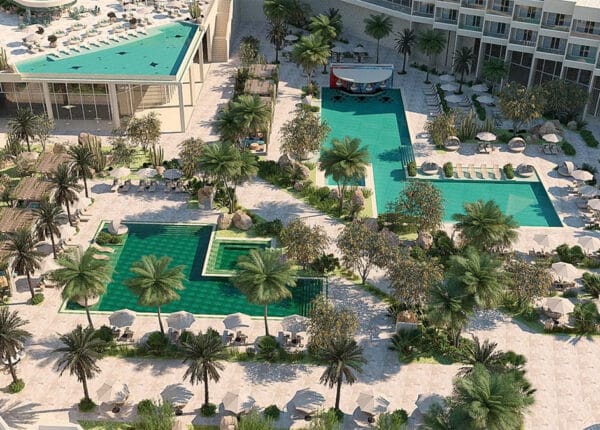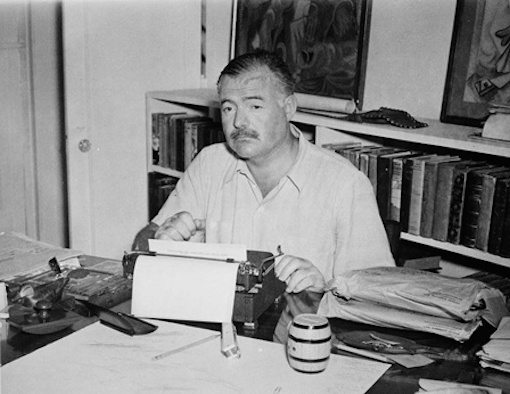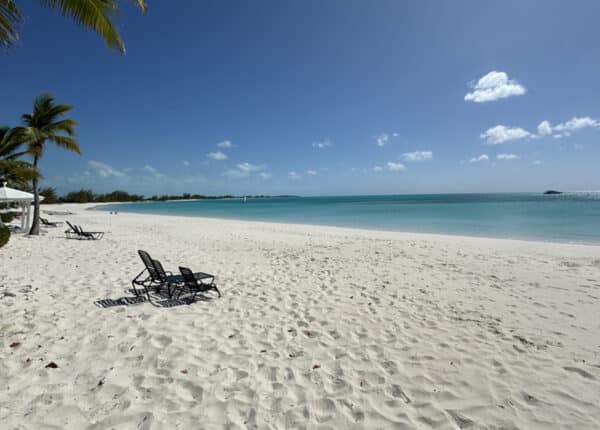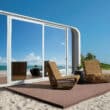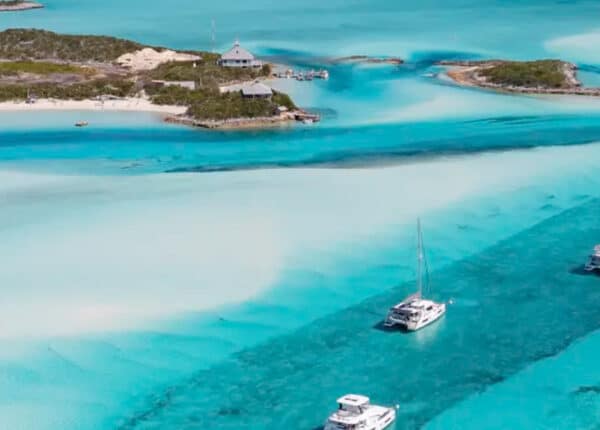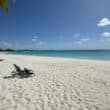By Charles Bane, Jr
CJ Contributor
FROM THE moment Ernest Hemingway saw Finca Vigia ( Lookout Farm) outside Havana in 1939, it became his home in the deepest sense.
The southern location, warm year round, gave him ease; evidence now suggests that Hemingway suffered from bipolar disorder, which then was neither known as a condition, or effectively treated.
In 2013, his surviving granddaughter premiered at the Sundance Film Festival her documentary, “Running From Crazy” which traced her family’s history of mental illness, and the seven suicides in her family line.
Much of the author’s violent mood swings can be traced to his illness and accounts for estranged friends and wives. But his true character was often revealed, and apparent to visitors to his Cuban home.
He rose at first light. He listened carefully, and his powers of observation–especially of nature–were astonishingly acute.
He had begun For Whom The Bell Tolls in Cuba and his then-wife Martha Gelhorn marveled at his creative powers. Gelhorn, an astute writer herself, recognized that he had used his sportsman’s knowledge of terrain to give the novel a sense of Spain’s physical being.
He over drank — probably to self medicate — but scrupulously avoided alcohol when he worked. In Cuba, he could relax in shorts, a comfortable shirt and loafers, adding to his comfort; and was at his most kind to the island’s poor, or anywhere he journeyed.
When he finished The Old Man And The Sea, which he wrote entirely at the Finca, and showed the manuscript to his last wife Mary, she told him, “Ernest, I forgive you for everything you’ve done, and everything you may do in the future.”
The book won the Pulitzer Prize in 1953. The following year he won the Nobel Prize in Literature and, like a lottery winner, disconnected the phone.
His home was his castle and he only left to shoot clay pigeons, to fish ( more below), or for a drink at El Floridita, which is located in an older part of Havana and is utterly unchanged.
Hemingway would know it at once, as indeed he would recognize most of the city, frozen in time by communist rule.
The automobiles are the same models he saw in the 1950’s and early 1960’s. The broad seaside road, The Malecon, and the city’s architecture: all are the same, but crumbling.
At sunset, The Malecon’s facades remain captives to the light Hemingway poured onto the pages of The Old Man And The Sea.
At the Finca, he was near the sea and took his motorboat The Pilar to fish as often as possible. He reveled in marlin and sailfish that rose from the sea like gods.
At day’s end he returned to the Finca’s 9,000 books, comfortable chairs and good reading light. His trophies from Africa were mounted throughout the house.
As a birthday present, Mary Hemingway constructed a writing tower, on the property, befitting a famous author. He never used it, continuing to write in his separate bedroom.
Hemingway was shrewd about his writing as an income source; his finished manuscripts were kept in a bank vault in Havana, to be parceled out carefully to enjoy the lowest tax burden.
And when Fidel Castro took power, Hemingway judged him wisely also.
While he never gave Castro public approval, he was careful not to antagonize; he awarded the dictator a (harmless) fishing trophy.
In a photo, Castro looks at the author with a rare shy awe.
Hemingway hoped to remain, to work as before, and be non- political, though his wife was unnerved by the increasing sounds of gunfire.
The revolution did not drive him from Cuba, but his increasing erratic behavior. For a time he was confined to the Mayo Clinic, but it was hopeless and on July 2, 1961 he took his own life.
Almost at once the Cuban government appropriated his house.
Mary Hemingway asked to retrieve “a few personal belongings” from their bank vault and spirited his manuscripts to the United States.
In the vault was the (still unnamed) A Moveable Feast, The Garden of Eden, and the unrevised Islands In The Stream.
Hemingway’s home today is meticulously maintained as a museum by the government, in my opinion, at the direction of Castro.
Visitors may peer in, but not enter. Every item, every book is hand dusted, but thanks to Mary Hemingway, Cuba unwittingly gave up the author’s greatest treasure.
